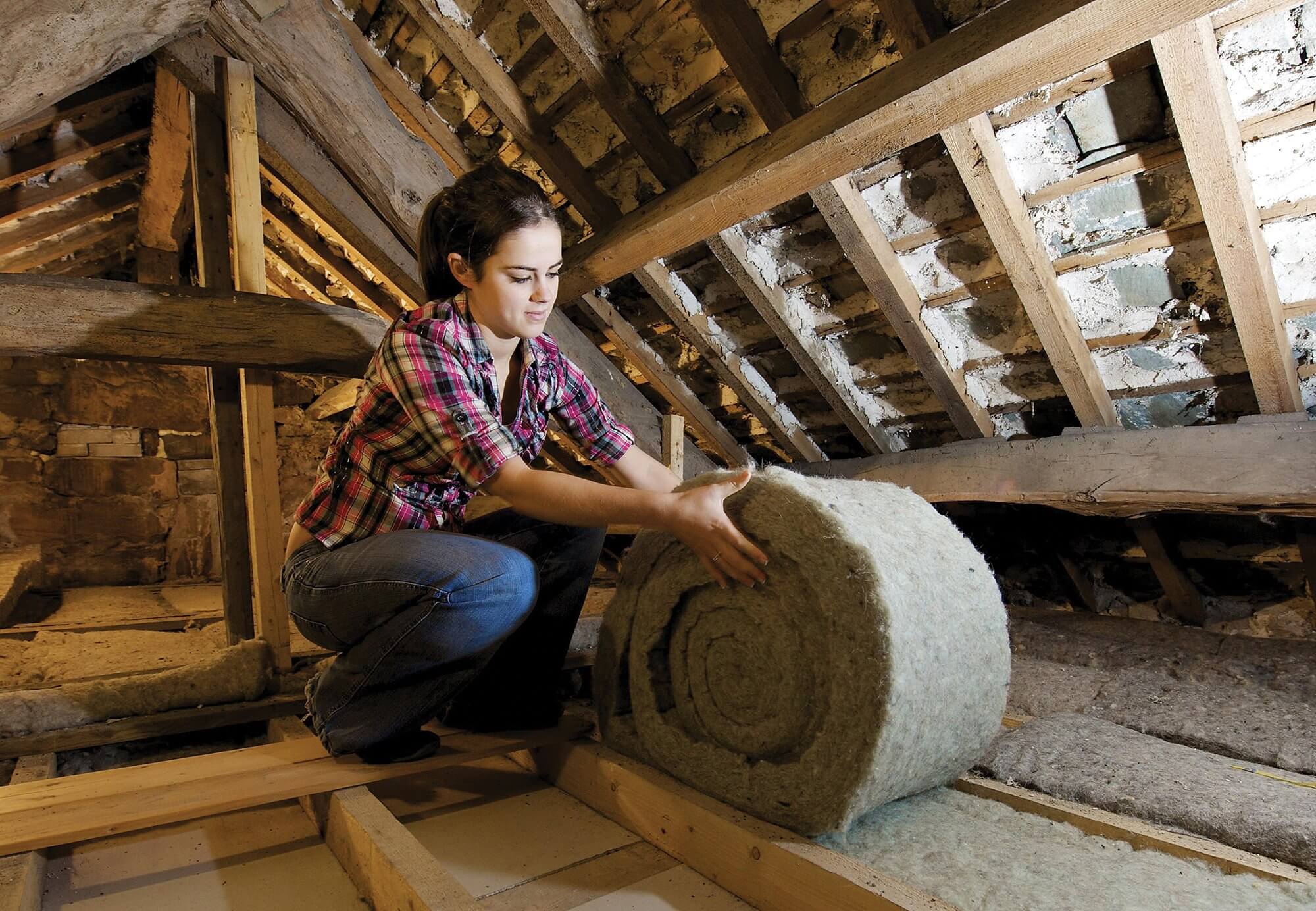For the uninitiated, creating insulation for pipe goods would appear to be a reasonably straightforward proposition. Following all, they could possibly say, how difficult can it be to manufacture anything that gets wrapped about a pipe? When it comes to insulating straight lengths of pipe, they almost certainly have a point. There are presently a variety of basic, however helpful, processes for manufacturing basic pipe insulation. Nevertheless, as these in the know are conscious, the challenge for pipe insulation producers is not so considerably producing items for straight lengths of pipe, but finding approaches to manufacture insulation for the complicated components that tend to be attached to these pipes.
Components like elbow joints, vessel heads and complex valve units come in a multitude of sizes, shapes and configurations, and they have grow to be the bane of quite a few pipe insulators’ existence. Acquiring or manufacturing products to protect these sorts of components from the elements remains a significant challenge. Without having the benefit of standard goods or processes several businesses are forced to build solutions on the fly. This often requires fashioning products with hand tools, manual labor and a great deal of trial and error. This approach has not only verified to be time consuming and pricey, but the good quality of the final solutions is far from guaranteed, which can have significant implications. New technologies, even so, is supplying a option.
CNC Technology Heats Issues Up
Those in the business will recognize automated CNC (personal computer numeric controlled) foam cutting technologies as an established tool for making standard pipe insulation. Hot wire foam cutters are utilized extensively to immediately manufacture lengths of insulation for straight pipes and have confirmed their effectiveness over the years. Taking this type of CNC technologies a step further, automated CNC foam carving systems go beyond the basic hot wire foam cutter with the potential to completely build or duplicate any sort of shape in foam.
3D foam routers and mills had been initially conceived with other applications in mind, but their potential to operate with foam, the medium of decision for numerous insulation items, was rapidly recognized by these in the sector. With 3D foam carving, foam insulation goods that match perfectly on virtually any kind of component can be produced rapidly and properly. Just as importantly, they can be created with an automated procedure that eliminates the inaccuracies, inefficiencies and limitations of manual processes. As a outcome, this technology is building distinct positive aspects for organizations by improving the quality of their processes and items – and by increasing the size of their client list in the procedure.
Better Processes. Greater Benefits.
In the previous, processes for manufacturing insulation for complex components frequently included a range of ad hoc strategies. Without having any kind of regular method, each and every new project brought its personal set of challenges. In several instances, merchandise have been constructed on a piece-by-piece basis with a superior deal of manual hand cutting and gluing to get as close to the necessary shape as doable. Not surprisingly, this was a time consuming method with benefits that had been frequently far from perfect. In response to these challenges, a lot of companies turned to varieties of expanding spray foam to coat the components in question. As soon as again, thanks to the tendency of this foam to leave air pockets, specifically when sprayed on complex elements, its effectiveness for making high quality insulation was lacking. As a final resort, quite a few corporations merely outsourced the creation of their insulation items losing control of good quality and costs in the method. Regardless of the method utilized in the previous, it appears that all had been dogged by some combination of time, price and excellent limitations. These limitations have come to be a critical stumbling point for a lot of corporations seeking to streamline their production processes although guaranteeing the high-quality of their goods.
In contrast to old college solutions, automated CNC foam carving technology provides a solution for insulation manufacturers that not only vastly improves the excellent of the final solution, but does so with a approach that puts standard solutions to shame. These systems combine 3D laser scanning, digital design and style computer software and 3D foam milling capabilities to revolutionize how insulation is designed. By replacing manual labor with an automated solution, the manufacturing process becomes a single of accuracy, precision and efficiency.
STEP 1- For additional basic elements like elbow joints, insulation can be speedily modeled working with style computer software. This software has advanced to the point where it is quick to use and can be picked up immediately by these with even basic technical skills.
STEP two- For extra complicated components exactly where digital style would be time consuming, a 3D laser scanner can be applied to scan the component that requirements to be insulated. Today’s scanning technologies permits for a very automated approach where scans can be captured with relative ease. The resulting scanned file can then be inverted automatically to produce a digital model of the insulation piece.
STEP three- When the digital model of the piece is total, the file is then prepared for production with a toolpathing procedure. Toolpathing basically translates the file into the movements expected by the gear to develop the piece. Applying advanced computer software, this toolpathing procedure can be completed automatically as the software program determines the most effective and efficient way to generate the piece.
STEP 4- When Cavity Wall Insulation has been made, the file is then passed along to a 3D CNC router which can automatically make the aspect in foam. Routers with four axes are the most efficient suggests of producing complete 3D parts without the need of manual intervention.
STEP five- As soon as milled, foam insulation pieces can be installed just thanks to their fantastic fit.
